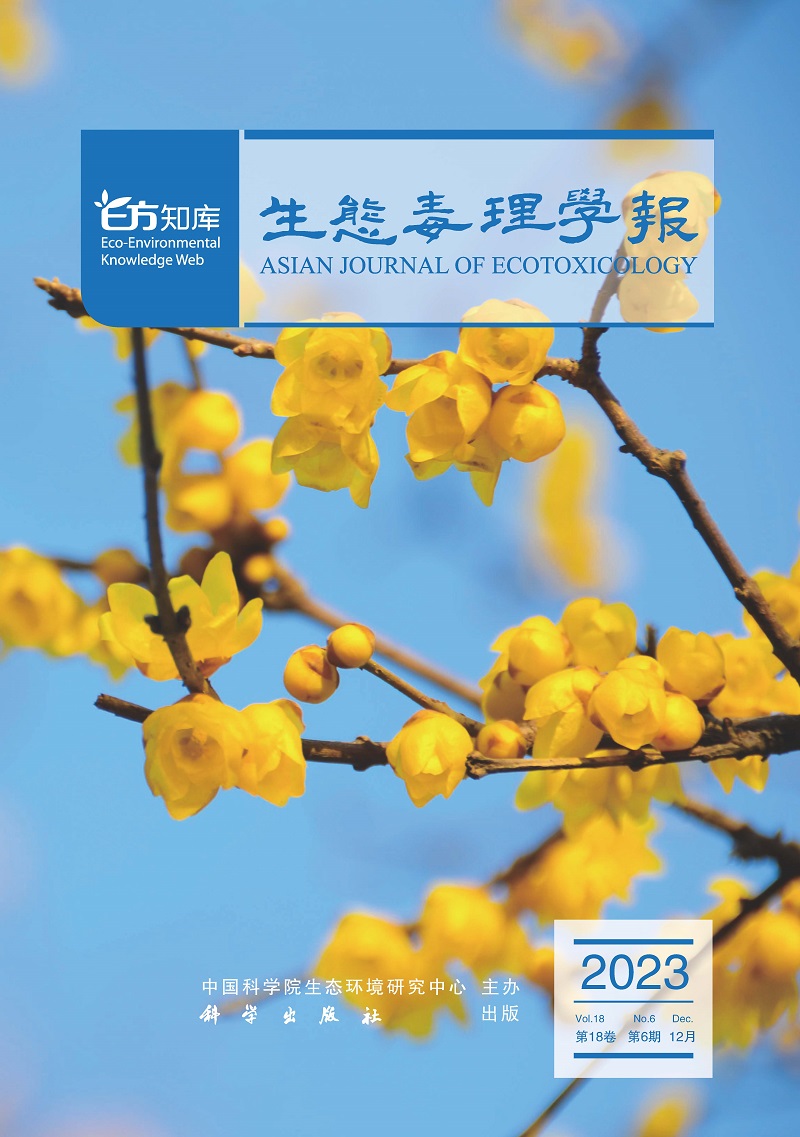Effects of Three Carbonaceous Nanomaterials on the Developmental Toxicity, Oxidative Stress, and Metabolic Profile in Zebrafish
引用次数: 1
Abstract
As an important part of artificial nanomaterials, carbonaceous nanomaterials (CNMs) are widely applied in a plenty of areas such as energy, manufacturing and pharmaceutical industries. In the present study, the developmental toxicity, induced by three typical CNMs including graphene oxide (GO), carbon nanotube (CNT) and graphene oxide quantum dot (GOQD) was investigated in the typical model animal, zebrafish larva. The induced sub-acute toxicity at the low concentration of GO, CNT and GOQD was investigated in adult zebrafish, either. Moreover, the molecular mechanisms at the level of metabolomics were also explored. The results showed that there was a significant increase in reactive oxygen species (ROS), and mitochondrial membrane damage was caused by GO, CNT and GOQD in zebrafish larva. However, there was no significant developmental toxicity on zebrafish larva. The toxicity order in terms of the ROS increase and mitochondrial membrane damage was GOQD > CNT > GO. The chronic exposure at the typical environment-associated concentration (0.01 mg·L-1) of CNMs can induce gill and kidney cell senescence of adult zebrafish. Meanwhile, it can also inhibit total superoxide dismutase (T-SOD) activity in adult zebrafish in the subacute toxicity test (21 d) at the concentration of 0.01 mg·L-1. The metabolomics research revealed that the toxicity order at the environment-associated concentration acting on adult zebrafish was GOQD > CNT > GO; and it showed that fatty acids and proline turbulence may be responsible for one of the molecular mechanisms of T-SOD inhibition in adult zebrafish. This work can supply rationale to evaluate the potential risk of ecosystems and human health induced by the three typical CNMs.三种碳质纳米材料对斑马鱼发育毒性、氧化应激和代谢谱的影响
碳质纳米材料作为人工纳米材料的重要组成部分,在能源、制造业、制药等诸多领域有着广泛的应用。本文研究了氧化石墨烯(GO)、碳纳米管(CNT)和氧化石墨烯量子点(GOQD)三种典型CNMs对典型模型动物斑马鱼幼体的发育毒性。研究了低浓度氧化石墨烯、碳纳米管和GOQD对成年斑马鱼的亚急性毒性。并在代谢组学水平上探讨了其分子机制。结果表明,氧化石墨烯(GO)、碳纳米管(CNT)和氧化石墨烯(GOQD)可显著增加斑马鱼幼虫的活性氧(ROS),并对线粒体膜造成损伤。但对斑马鱼幼虫无明显发育毒性。活性氧增加和线粒体膜损伤的毒性顺序为GOQD > CNT > GO。典型环境相关浓度(0.01 mg·L-1)的CNMs慢性暴露可诱导成年斑马鱼鳃和肾细胞衰老。同时,在0.01 mg·L-1的浓度下,对成年斑马鱼亚急性毒性试验(21 d)中总超氧化物歧化酶(T-SOD)活性也有抑制作用。代谢组学研究表明,环境相关浓度作用于成年斑马鱼的毒性顺序为GOQD > CNT > GO;表明脂肪酸和脯氨酸紊乱可能是成年斑马鱼T-SOD抑制的分子机制之一。本研究为评价三种典型CNMs对生态系统和人类健康的潜在风险提供了理论依据。
本文章由计算机程序翻译,如有差异,请以英文原文为准。
求助全文
约1分钟内获得全文
求助全文

 求助内容:
求助内容: 应助结果提醒方式:
应助结果提醒方式:


